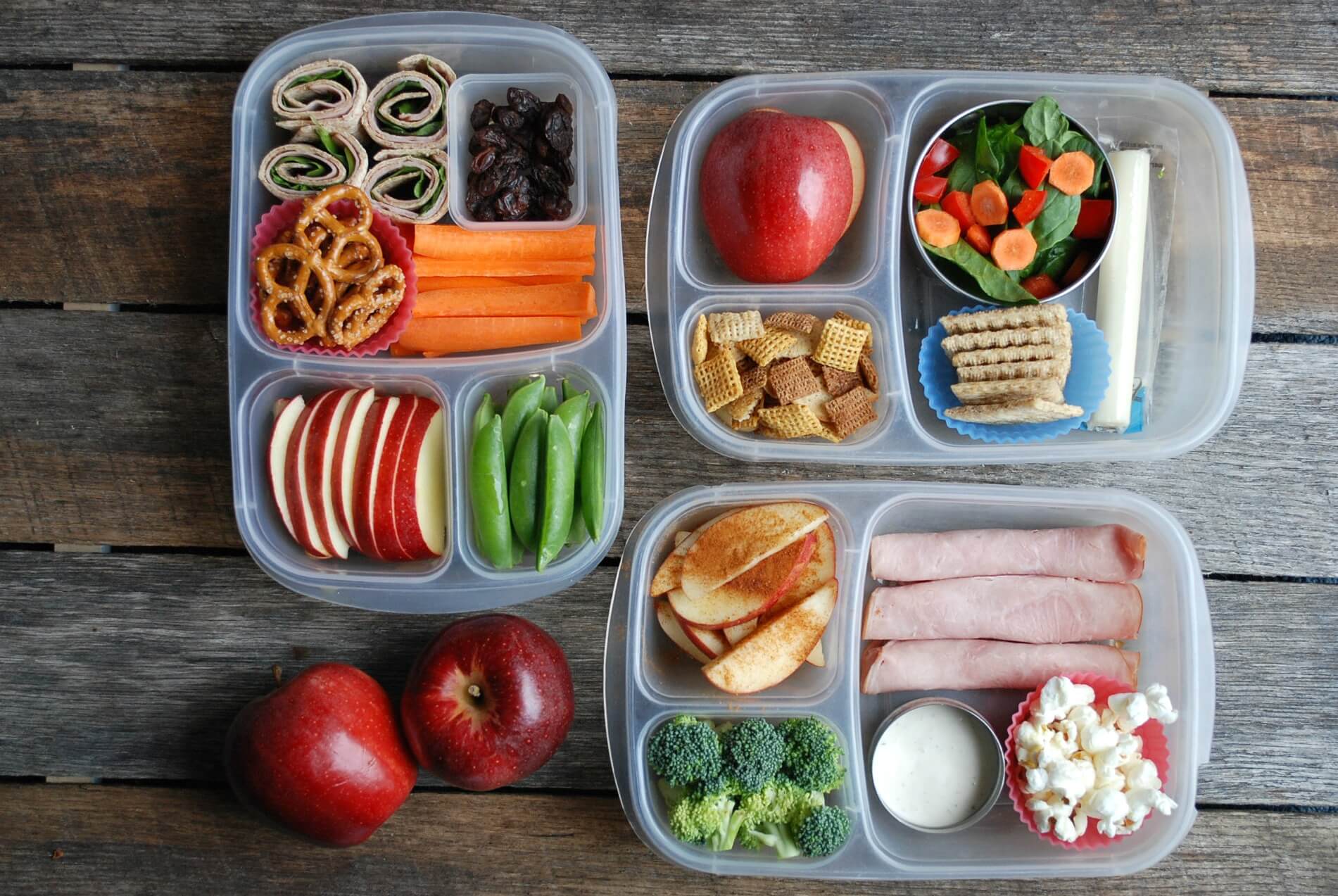

Articles
What To Pack In Lunch Box
Modified: November 2, 2024
Discover expert articles on what to pack in your lunch box. Get tips, ideas, and inspiration to create delicious and nutritious meals for every day of the week.
(Many of the links in this article redirect to a specific reviewed product. Your purchase of these products through affiliate links helps to generate commission for Storables.com, at no extra cost. Learn more)
Introduction
When it comes to packing a lunch box, the key is to strike a balance between nutrition and taste. It’s important to provide your body with the fuel it needs to get through the day, while also enjoying a delicious meal. Whether you’re packing a lunch for yourself or for your kids, this article will guide you on what to pack in a lunch box to ensure a well-rounded and satisfying meal.
The lunch box is an essential part of anyone’s day. It provides a midday break, a chance to refuel and recharge for the rest of the day. Whether you’re headed to school, work, or on a picnic, a well-packed lunch box can make a huge difference in your day.
The key to a successful lunch box is variety. By including a mix of food groups and flavors, you can ensure that your lunch box is both nutritious and interesting. In this article, we will explore different categories of food to include in your lunch box, including sandwiches, wraps, salads, fruits, vegetables, snacks, dairy products, protein sources, beverages, and even desserts.
So, let’s dive into the world of lunch box packing and discover some delicious and healthy options!
Key Takeaways:
- Packing a well-balanced lunch box is an opportunity to nourish your body, treat your taste buds, and enjoy a meal tailored to your preferences. Embrace creativity and experiment with combinations that excite your taste buds.
- Including a variety of food groups in your lunch box ensures you’re getting a range of nutrients, flavors, and textures. Take the time to plan and prepare your lunch box with care and creativity to conquer the day ahead.
Read more: How To Use Ice Pack In Lunch Box
Sandwiches
Sandwiches are a lunch box staple and for good reason. They are versatile, easy to prepare, and can be packed with a variety of fillings. The key to creating a delicious sandwich is to choose the right bread, filling, and condiments.
Start with a whole grain bread or a wrap made with whole wheat or multigrain flour. These options provide more fiber and nutrients compared to white bread. You can also opt for gluten-free bread or lettuce wraps if you have dietary restrictions.
For fillings, the options are endless. You can go classic with turkey, ham, or chicken, paired with cheese, lettuce, and tomato. Or you can get creative with vegetarian options like hummus, avocado, cucumber, and sprouts. Don’t forget to add a spread such as mayo, mustard, or pesto to enhance the flavor.
To keep your sandwich from getting soggy, separate wet ingredients like tomato slices or pickles with lettuce or cheese. You can also use a layer of butter or mayo on the inside of the bread to create a moisture barrier.
If you’re looking for a twist on the traditional sandwich, consider using different bread options like bagels, pita bread, or even tortillas. These alternatives will add a unique flavor and texture to your lunch box.
To make your sandwich more nutritious, include some veggies. Thinly sliced cucumber, bell peppers, or spinach can add a refreshing crunch. You can also add some sliced fruits like apple or pear for a hint of sweetness.
Remember to pack your sandwich properly to keep it fresh. Wrap it tightly in cling wrap or place it in a sandwich container to prevent it from getting squashed. If you’re packing your sandwich the night before, keep the filling separate from the bread until you’re ready to eat.
With sandwiches, the possibilities are endless. Get creative, experiment with different fillings, and enjoy a delicious and satisfying meal in your lunch box.
Wraps
If you’re looking for a lighter and more portable alternative to sandwiches, wraps are a perfect choice. Wraps offer a convenient solution for lunch boxes as they are easy to eat on the go and can be filled with a variety of ingredients.
The foundation of a wrap is a thin and flexible tortilla, typically made from flour or whole wheat. You can also find gluten-free options like corn or lettuce wraps. The choice of tortilla will depend on your preference and dietary needs.
When it comes to filling a wrap, you have endless possibilities. You can create a wrap with grilled chicken and vegetables for a protein-packed option, or go for a vegetarian wrap filled with hummus, roasted vegetables, and feta cheese.
Another popular option is a wrap filled with deli meats like turkey or ham, paired with cheese, lettuce, and a spread like ranch or mayo. You can also add avocado, tomatoes, or pickles for extra flavor and texture.
The key to a successful wrap is to spread the filling evenly and roll it tightly. Start by placing the tortilla flat on a clean surface, then layer your ingredients on top, leaving some space at the edges. To roll the wrap, fold the sides inward, then roll it up tightly from one end to the other, ensuring that the filling is secure and won’t fall out.
To keep your wrap fresh, wrap it tightly in parchment paper or aluminum foil. This will help maintain its shape and prevent any leakage. Alternatively, you can use airtight containers specifically designed for wraps.
Wraps offer a great opportunity to add a variety of flavors and textures to your lunch box. You can experiment with different fillings, such as grilled vegetables, beans, or even leftover stir-fry. Don’t be afraid to get creative!
Whether you’re packing a wrap for yourself or for your kids, it’s a versatile and satisfying option that is sure to be a hit in any lunch box.
Salads
Salads are a refreshing and nutritious addition to any lunch box. Packed with vitamins, minerals, and fiber, salads provide a healthy and delicious option for a balanced meal.
The great thing about salads is that they can be customized to your liking and can incorporate a wide range of ingredients. Start with a base of leafy greens like romaine lettuce, spinach, or mixed greens. These greens provide a dose of vitamins and minerals.
Next, add a variety of colorful vegetables to your salad. This can include cherry tomatoes, cucumber slices, bell peppers, shredded carrots, and radishes. These vegetables not only add flavor and texture but also provide a range of nutrients.
If you’re looking to add some protein to your salad, consider including grilled chicken, shrimp, tofu, or hard-boiled eggs. These protein sources will help keep you feeling satisfied and energized throughout the day. You can also add some cooked quinoa, chickpeas, or beans for an extra boost of protein and fiber.
For added flavor, consider incorporating some healthy fats into your salad. This can include avocado slices, nuts, seeds, or a drizzle of olive oil. These fats not only enhance the taste of your salad but also contribute to heart health.
When it comes to dressing, opt for homemade vinaigrettes using olive oil, vinegar, and herbs. This allows you to control the ingredients and avoid added sugars and preservatives found in store-bought dressings. Alternatively, you can use a squeeze of lemon or lime juice for a refreshing and light dressing.
To pack your salad, make sure to separate the dressing from the salad to prevent it from getting soggy. Use a small container with a secure lid for the dressing and pour it over the salad just before eating.
If you’re concerned about your salad getting wilted, consider using a salad container with a separate compartment for dressing. This allows you to keep your greens fresh until you’re ready to enjoy your meal.
Salads offer endless possibilities for creativity and nutrition in your lunch box. They are a versatile and refreshing option that can be enjoyed throughout the year.
Fruits
Fruits are not only delicious but also a great source of vitamins, minerals, and fiber. Including fresh fruits in your lunch box is a fantastic way to satisfy your sweet tooth while providing essential nutrients.
When choosing fruits for your lunch box, opt for whole fruits that are easy to eat and require minimal preparation. Some popular choices include apples, bananas, grapes, oranges, and berries. These fruits are portable and can be eaten as is, without the need for cutting or peeling.
If you prefer pre-cut fruits, consider packing sliced melons, pineapple chunks, or fruit salads in small containers. These ready-to-eat options are convenient and ensure that you can enjoy your fruit without any hassle.
Adding a mix of fruits to your lunch box provides a variety of flavors and textures. It’s a great way to experiment with different fruits and discover new favorites. Additionally, the vibrant colors of fruits make your lunch visually appealing and appetizing.
If you want to add some extra interest to your fruit selection, consider packing a small container of dried fruits like raisins, cranberries, or apricots. Dried fruits are a concentrated source of nutrients and provide a natural sweetness to your lunch box.
Remember that fruits are perishable, so it’s important to pack them properly to keep them fresh. To prevent your fruits from getting bruised or damaged, use a lunch box with compartments or containers specifically designed for fruits. This will help separate them from other items in your lunch box.
If you’re concerned about fruits turning brown, such as apples or pears, you can squeeze a little lemon juice over them to slow down the oxidation process. This will help keep your fruits looking fresh and appetizing.
Including fruits in your lunch box not only adds a burst of natural sweetness but also contributes to your overall health and well-being. So, go ahead and enjoy the abundance of flavors that fruits have to offer!
Read also: 9 Best Lunch Box Ice Pack for 2025
Vegetables
Vegetables are an essential part of a well-balanced lunch box. Packed with vitamins, minerals, and fiber, they provide numerous health benefits and add color and crunch to your meals.
When selecting vegetables for your lunch box, opt for a variety of options to ensure you’re getting a diverse range of nutrients. Some popular choices include carrot sticks, celery, bell peppers, cucumber slices, cherry tomatoes, and sugar snap peas.
If you prefer cooked vegetables, you can include steamed broccoli florets, roasted sweet potatoes, or sautéed zucchini. These options can be prepared ahead of time and packed in a container for a quick and easy addition to your lunch box.
To make your vegetables more appealing, consider adding a flavorful dip or dressing. Hummus, guacamole, Greek yogurt-based dips, or vinaigrettes can provide a delicious accompaniment and make eating vegetables more enjoyable. Alternatively, you can sprinkle some spices or herbs on your veggies to enhance the flavor.
Another creative way to incorporate vegetables into your lunch box is by making colorful and nutritious veggie wraps or rolls. Use large lettuce leaves or collard greens as a wrap and fill them with a combination of sliced vegetables, sprouts, and a spread of your choice. This provides a refreshing and crunchy alternative to traditional sandwiches.
To keep your vegetables fresh, it’s important to store them properly. Cut vegetables can be stored in airtight containers or ziplock bags to maintain their freshness and crispness. If you’re including dip or dressing, pack them separately in small containers to prevent your vegetables from becoming soggy.
Vegetables are a versatile and nutritious addition to your lunch box. They provide essential nutrients and contribute to a well-balanced meal. So, make it a point to add a variety of colorful vegetables to your lunch box and enjoy the many health benefits they offer!
Pack a balanced meal with a mix of protein, whole grains, fruits, and vegetables to keep energy levels up throughout the day. Avoid sugary snacks and opt for healthier options like nuts, yogurt, and homemade granola bars.
Snacks
Snacks are a crucial part of a lunch box, providing a boost of energy and satisfying those midday cravings. When choosing snacks for your lunch box, aim for options that are both nutritious and delicious.
One popular snack option is a handful of nuts or seeds. Almonds, cashews, peanuts, sunflower seeds, or pumpkin seeds are all great choices. They are packed with healthy fats, protein, and fiber, providing a satisfying and nourishing snack. Just be mindful of portion sizes, as nuts and seeds are calorie-dense.
Freshly cut fruit can also make a delicious and refreshing snack. Opt for bite-sized fruits like grapes, berries, or sliced melons. You can also pack individual servings of pre-cut fruit salad or fruit skewers for added variety.
Veggie sticks paired with a tasty dip are another excellent snack option. Carrot sticks, celery, bell pepper, and cucumber slices are all great choices. Pair them with hummus, guacamole, or Greek yogurt-based dips for added flavor and creaminess.
Yogurt and granola cups are a convenient and satisfying snack, providing a combination of protein, carbohydrates, and a dose of probiotics. You can choose plain yogurt and add your own toppings like fresh fruits, nuts, or a drizzle of honey for a touch of sweetness.
Pre-packaged snacks like whole-grain crackers, rice cakes, or popcorn can also be included in your lunch box. Look for options that are low in sodium and free from unhealthy additives or preservatives. Pair them with single-serving packets of nut butter or hummus for extra flavor.
If you prefer a homemade option, you can prepare energy balls or granola bars in advance and pack them in your lunch box. These snacks are typically made with nutrient-dense ingredients like oats, nuts, seeds, dried fruit, and natural sweeteners, providing a wholesome and tasty treat.
Remember to choose snacks that will sustain you throughout the day and provide a good balance of macronutrients. Avoid overly processed or sugary snacks, as they can lead to energy crashes and provide little nutritional value.
By including a variety of nutritious and satisfying snacks in your lunch box, you can fuel your body and stay energized throughout the day while enjoying a tasty treat.
Dairy Products
Dairy products are a great source of essential nutrients like calcium, protein, and vitamins. Including dairy in your lunch box can help support bone health, provide satiety, and add a creamy and flavorful element to your meals.
One common dairy product to pack in your lunch box is yogurt. Opt for Greek yogurt, as it has a higher protein content and a thicker texture. You can choose plain yogurt and add your own fruits, nuts, or granola for added flavor and texture. Make sure to pack yogurt in a small container with an airtight lid to prevent any leakage.
Cheese is another popular dairy option for lunch boxes. You can include individual cheese sticks, cheese cubes, or cheese slices. Choose lower-fat varieties like mozzarella, feta, or cottage cheese for a healthier option, or opt for harder cheeses like cheddar or Swiss for a more indulgent treat.
If you enjoy milk, you can pack single-serving cartons of milk in your lunch box. Look for options like skim or low-fat milk for a lighter choice. For those who prefer plant-based alternatives, you can include small containers of almond milk, soy milk, or coconut milk instead.
For a more filling option, consider including dairy-based dips like tzatziki or ranch dressing. These dips can accompany veggie sticks or whole-grain crackers, adding a creamy and flavorful element to your lunch box. Just be mindful of portion sizes, as dips can be high in calories if consumed in excess.
If you follow a vegan or lactose-free diet, there are plenty of non-dairy alternatives available. Look for products made from almond, soy, coconut, or oat milk, which can be used as substitutes for yogurt, cheese, or milk-based beverages.
Remember to keep dairy products refrigerated when packing them in your lunch box to maintain their freshness and prevent spoilage. You can use insulated lunch bags or cold packs to ensure that dairy products stay cool until it’s time to enjoy them.
Including dairy products in your lunch box not only adds a creamy and delicious element but also provides a range of important nutrients for your body. So, enjoy the versatility and nutritional benefits that dairy products offer.
Protein Sources
Protein is an essential macronutrient that plays a crucial role in building and repairing tissues, supporting immune function, and providing sustained energy. Including protein sources in your lunch box is important to ensure a well-balanced and satisfying meal.
One of the most popular and versatile protein sources is chicken. Grilled or baked chicken breasts or sliced rotisserie chicken can be added to sandwiches, wraps, or salads to provide a lean and flavorful protein boost. You can prepare chicken in advance and store it in individual containers for easy packing.
Another protein option is turkey. Whether it’s roasted turkey slices, turkey meatballs, or turkey burgers, these lean sources of protein offer a delicious and healthy addition to your lunch box. Pair them with whole-grain bread or buns and fresh vegetables for a well-rounded meal.
If you prefer plant-based protein, there are plenty of options to choose from. Legumes such as chickpeas, lentils, and black beans are high in protein and fiber. You can incorporate them into salads, wraps, or as a base for vegetarian chili or stews.
Tofu and tempeh are excellent sources of plant-based protein that can be marinated and grilled or sautéed for added flavor. They can be used in sandwiches, stir-fries, or added to salads for a protein-packed option.
Canned tuna or salmon can also be included in your lunch box for a convenient and portable source of protein. You can mix them with mayo, lemon juice, and herbs to make a delicious tuna or salmon salad. Pair it with whole-grain crackers or use it as a filling for sandwiches or wraps.
Eggs are another versatile protein source that can be enjoyed in various forms. Hard-boiled eggs make a nutritious and portable snack. You can also make egg salad, frittatas, or mini quiches to pack in your lunch box.
Don’t forget about dairy-based protein options like cottage cheese or Greek yogurt. These creamy and protein-rich choices can be enjoyed as snacks or used as toppings for salads or fruit cups.
To keep your protein sources fresh and safe, consider using insulated lunch containers or include ice packs to maintain the appropriate temperature. It’s important to handle and store protein sources properly to avoid spoilage and ensure food safety.
By including protein sources in your lunch box, you’ll provide your body with the building blocks it needs for optimal health and energy. So, pack your lunch box with protein-rich options and enjoy a satisfying and balanced meal.
Beverages
While packing your lunch box, it’s important not to forget about the beverages. Staying hydrated throughout the day is essential for optimal health and wellbeing. Including refreshing and nutritious beverages in your lunch box can help quench your thirst and complement your meal.
Water is the ultimate hydration source and should be the foundation of your beverage choices. Pack a reusable water bottle filled with fresh water to ensure you have access to hydration throughout the day. If you prefer flavored water, you can infuse it with slices of lemon, lime, cucumber, or mint leaves for a burst of refreshing flavor.
For those who enjoy a hot beverage, consider packing a thermos flask filled with herbal tea or green tea. Herbal teas offer a wide range of flavors, from calming chamomile to invigorating peppermint. Green tea provides antioxidants and a gentle caffeine boost to help you stay focused and alert throughout the day.
If you’re looking for a more indulgent option, you can include single-serving cartons of low-fat milk, almond milk, or coconut water. These beverages provide essential nutrients like calcium, vitamin D, electrolytes, and a touch of natural sweetness. Avoid sugary drinks and opt for low-sugar or sugar-free options instead.
Another popular choice is freshly squeezed juice. You can pack a small bottle of freshly squeezed orange juice or grapefruit juice for a bright and invigorating beverage. Just be mindful of portion sizes and remember that whole fruits are a better option as they provide more fiber and nutrients.
When it comes to choosing beverages for your lunch box, it’s important to consider the overall nutritional value. Look for options that hydrate your body, provide essential nutrients, and complement your meal choices. Avoid sugary sodas, energy drinks, and excessive caffeine consumption as they can lead to energy crashes and are not beneficial for your health.
Remember to pack your beverages safely to prevent any spills or leakage. Use secure containers with lids or consider using drink pouches or travel bottles specifically designed for beverages. Insulated bags or containers can help maintain the temperature of your beverages, whether you want them hot or cold.
By incorporating a variety of refreshing and nutritious beverages in your lunch box, you’ll not only stay hydrated but also enhance the overall enjoyment of your meal. So, make sure to include your favorite hydrating options and sip on goodness throughout the day.
Desserts
No meal is complete without a satisfying and indulgent dessert to round out the flavors on your palate. Including a sweet treat in your lunch box can provide a delightful ending to your meal and give you something to look forward to.
One classic dessert option is fresh fruit. Nature’s sweetest offerings, such as slices of juicy watermelon, refreshing berries, or perfectly ripe mangoes, can provide a naturally sweet and vibrant ending to your lunch. Pack them in small containers or baggies to ensure they stay fresh and appealing.
Another option is yogurt parfaits or fruit cups. Layer low-fat or Greek yogurt with fresh fruits, granola, and a drizzle of honey for a nutritious and satisfying dessert. This combination offers a blend of textures and flavors that will satisfy your sweet tooth.
If you enjoy baked goods, consider preparing homemade treats like energy balls, muffins, or granola bars. These can be made with wholesome ingredients like oats, nuts, seeds, dried fruits, and natural sweeteners. They offer a healthier alternative to store-bought snacks and can be customized to suit your preferences.
A small piece of dark chocolate or a couple of chocolate-covered nuts can be a satisfying indulgence. Dark chocolate contains antioxidants and may have potential health benefits when consumed in moderation. Look for varieties with high cocoa content and minimal added sugars.
Rice cakes topped with nut butter and a sprinkle of cinnamon or a drizzle of honey can provide a crunchy and sweet dessert option that is also low in calories. This combination offers a balance of flavors and textures.
If you prefer store-bought options, look for healthier alternatives like fruit-based popsicles, yogurt tubes, or individually wrapped dark chocolate squares. Read the ingredient list and choose options with minimal added sugars and no artificial additives.
When packing desserts, consider portion sizes to maintain a balanced approach to your meal. Use small containers, mini muffin liners, or snack-sized baggies to help with portion control and prevent overindulging.
Remember, desserts should be enjoyed in moderation and as part of a balanced diet. They can provide a guilt-free treat and add a touch of sweetness to your lunch box. Just make sure to balance them with the other nutritious components of your meal.
So go ahead and savor that small sweet delight to end your lunch on a high note.
Conclusion
Packing a well-balanced and enjoyable lunch box is essential for fueling your day and ensuring you have the energy and nutrients needed to thrive. By incorporating a variety of food groups and flavors, you can create a lunch box that is both nutritious and delicious.
From sandwiches and wraps to salads, fruits, and vegetables, there are endless possibilities to explore. Including protein sources like chicken, turkey, legumes, or dairy products can add satiety and nourishment. Snacks, beverages, and desserts provide those extra touches to make your lunch box complete.
Remember to consider portion sizes, choose whole and unprocessed foods, and opt for homemade options whenever possible. This allows you to control the ingredients, reduce added sugars, and avoid unnecessary chemicals or additives.
Additionally, packing your lunch box with a variety of options ensures that you’re getting a range of nutrients, flavors, and textures. Embrace creativity and experiment with combinations that excite your taste buds and keep you satisfied throughout the day.
Lastly, make sure to store and pack your lunch box properly to maintain the freshness and integrity of the food. Insulated lunch bags and containers can help regulate temperatures, and separate compartments or containers prevent cross-contamination and maintain the presentation of your meal.
In conclusion, packing a lunch box is an opportunity to nourish your body, treat your taste buds, and enjoy a meal tailored to your preferences. By incorporating a variety of food groups, you can ensure you’re getting the nutrients you need while savoring the flavors and textures that make each meal enjoyable.
So, take the time to plan and prepare your lunch box with care and creativity. Your body and taste buds will thank you, and you’ll have the fuel you need to conquer the day ahead.
Frequently Asked Questions about What To Pack In Lunch Box
Was this page helpful?
At Storables.com, we guarantee accurate and reliable information. Our content, validated by Expert Board Contributors, is crafted following stringent Editorial Policies. We're committed to providing you with well-researched, expert-backed insights for all your informational needs.
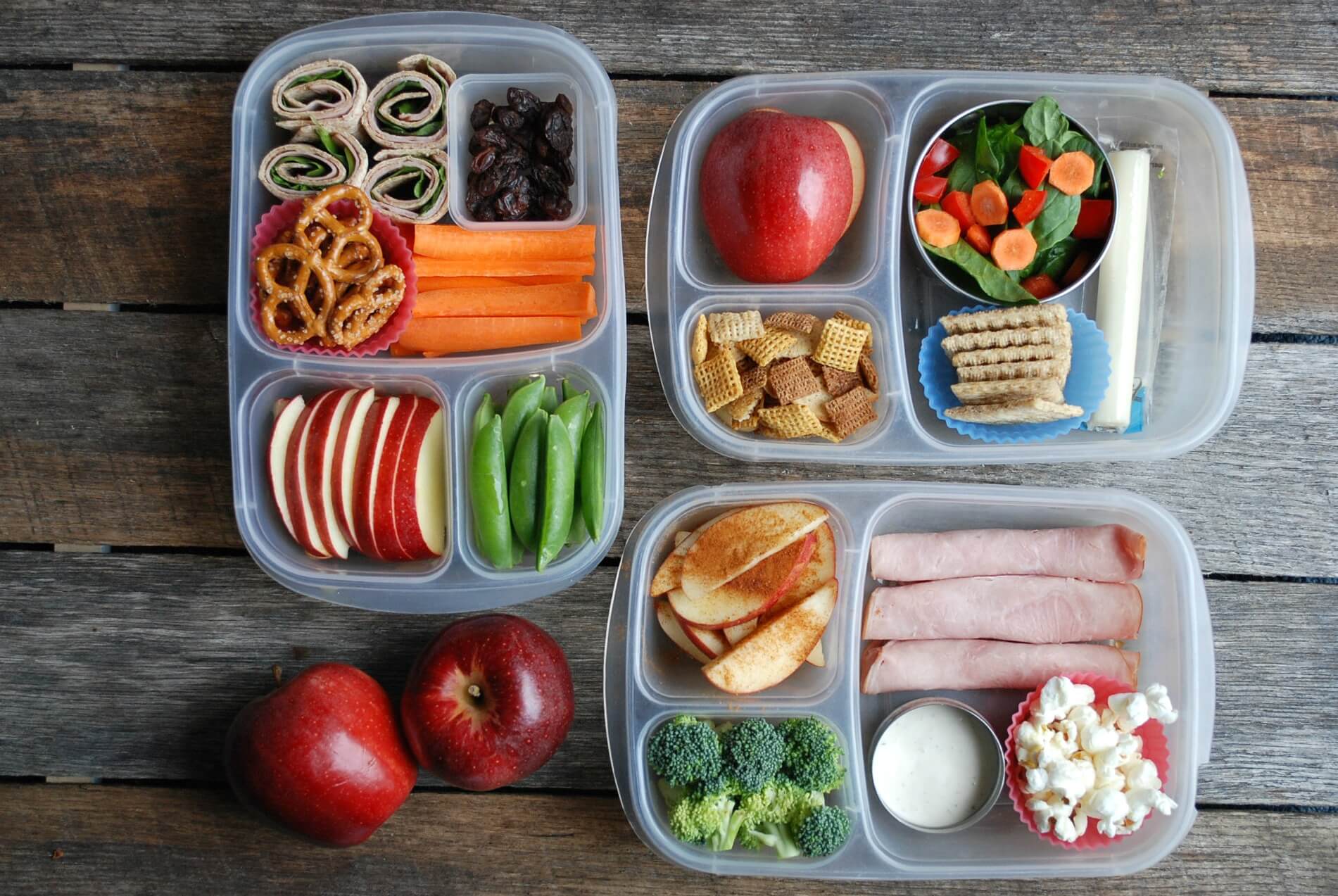
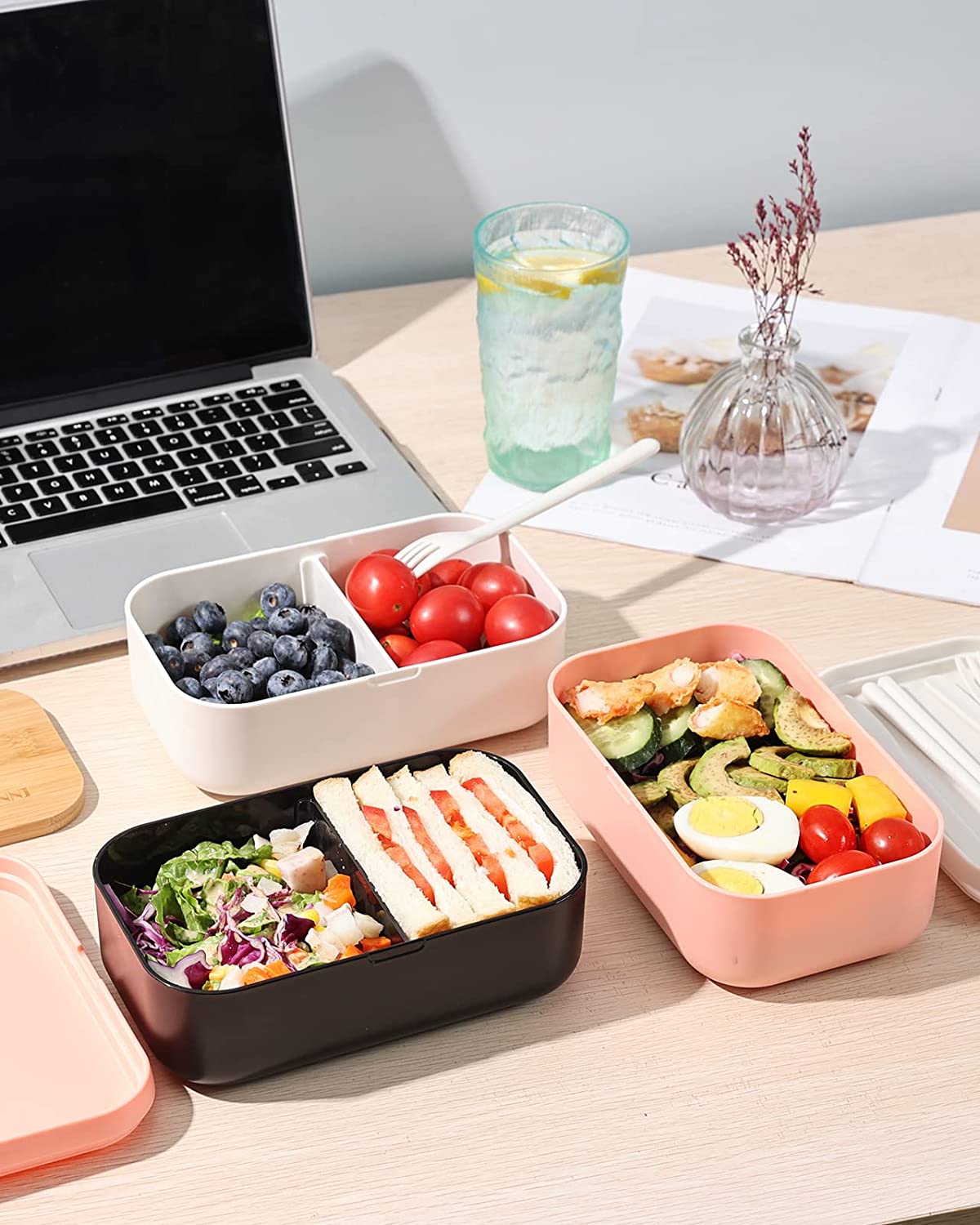

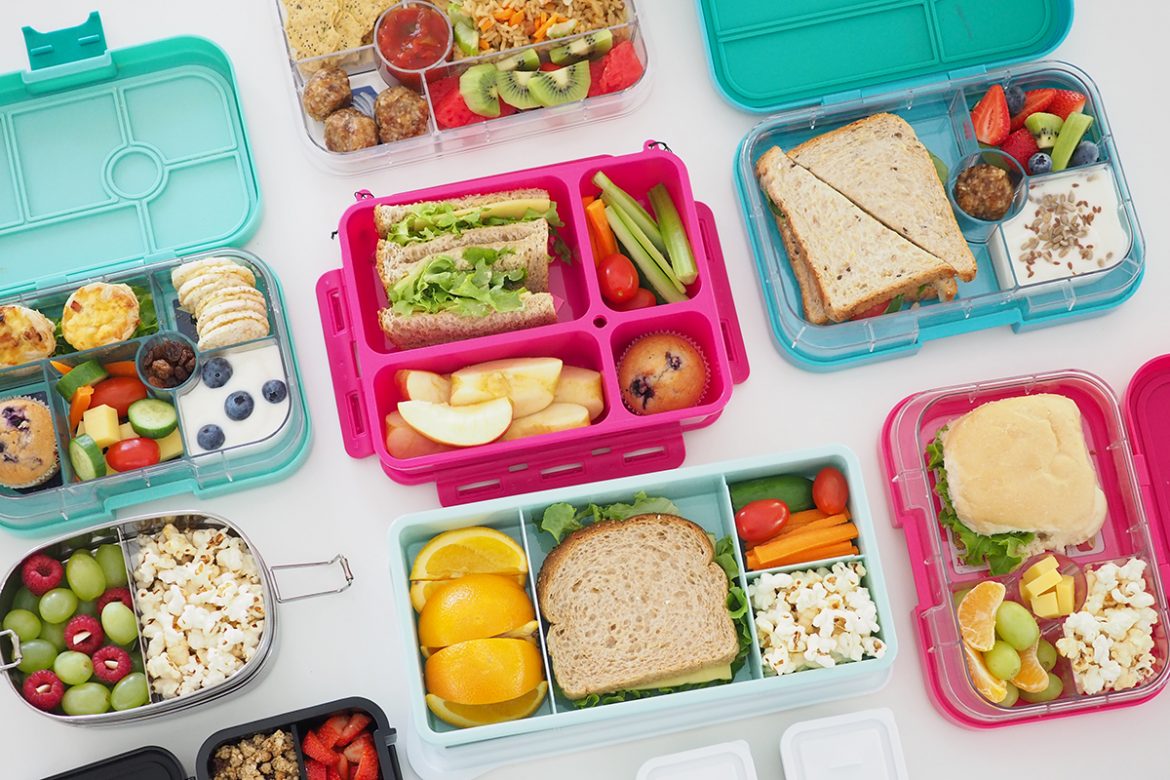
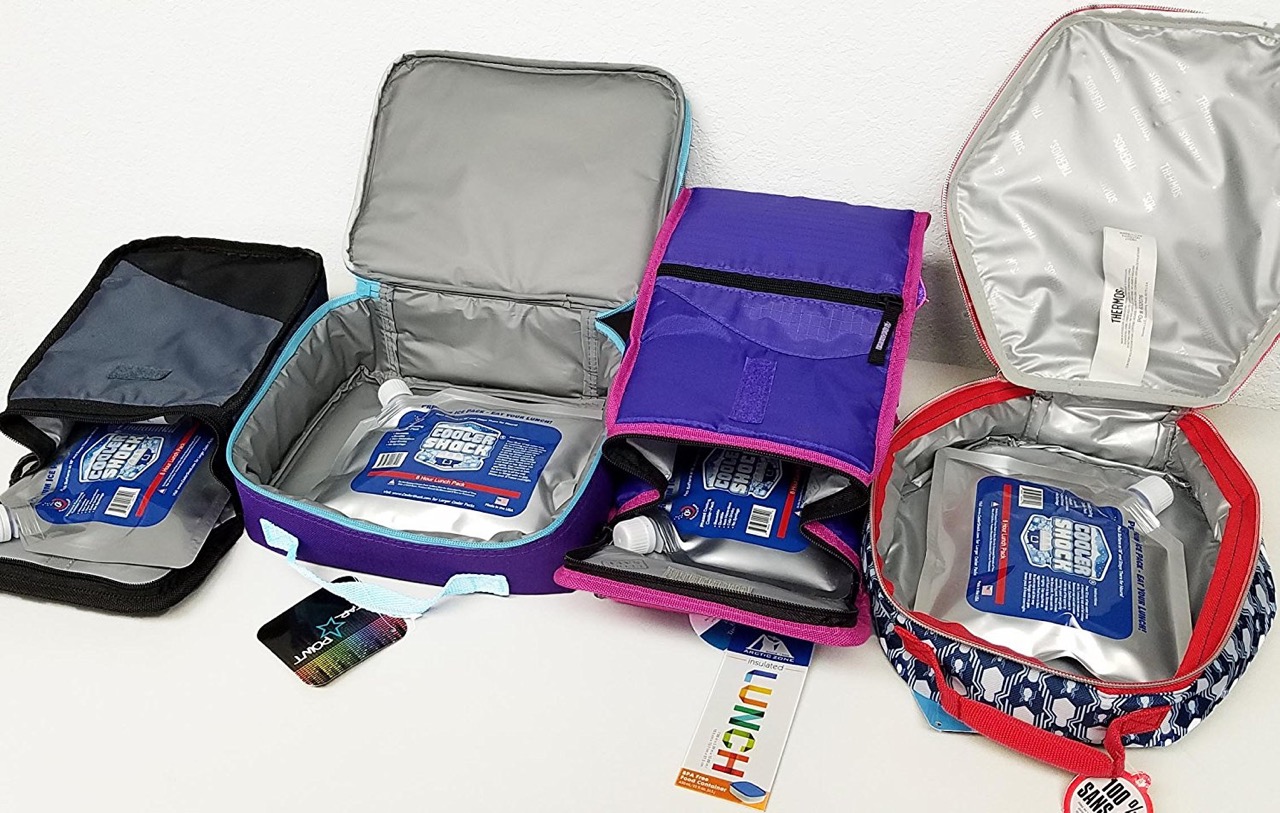
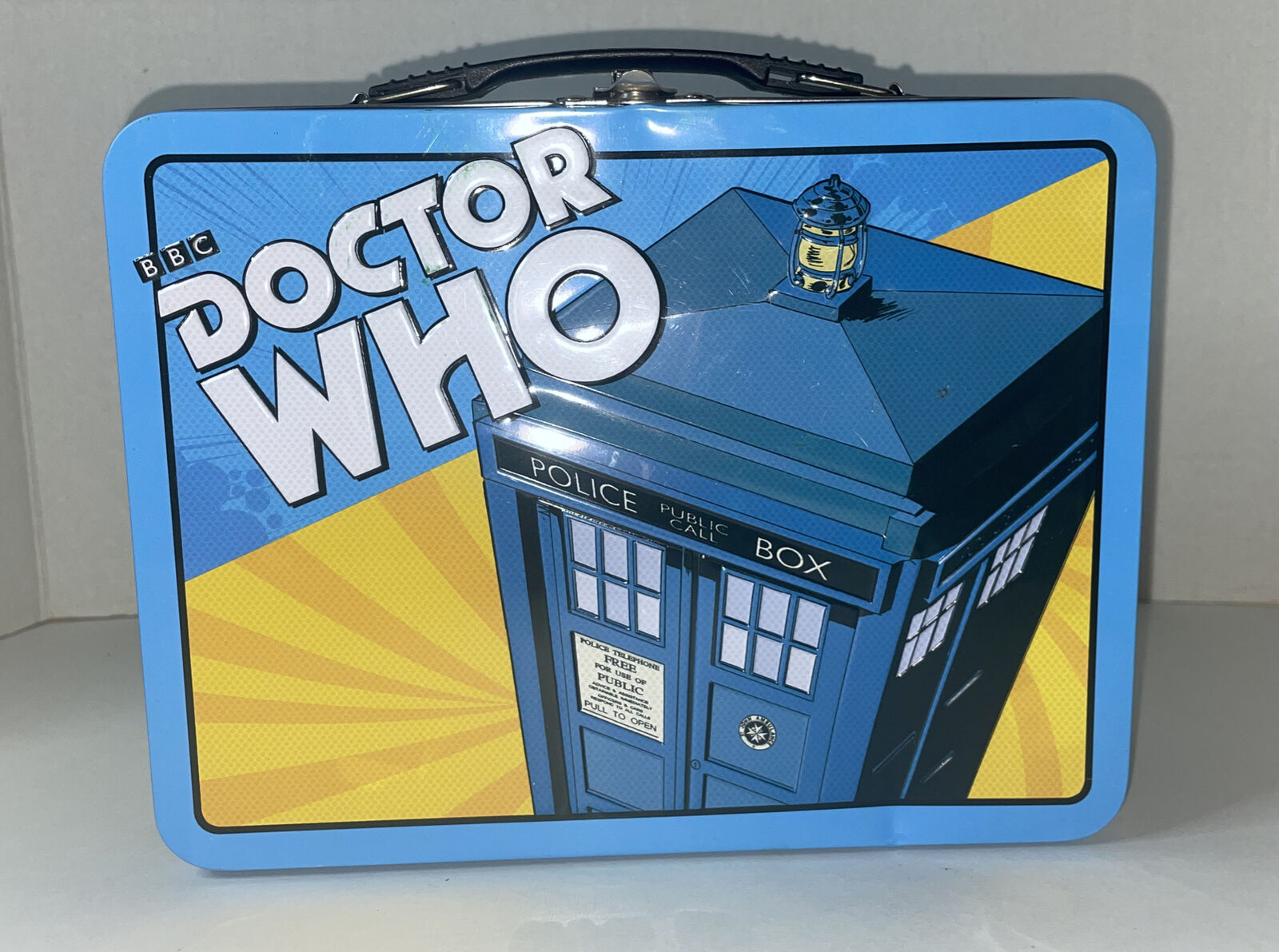
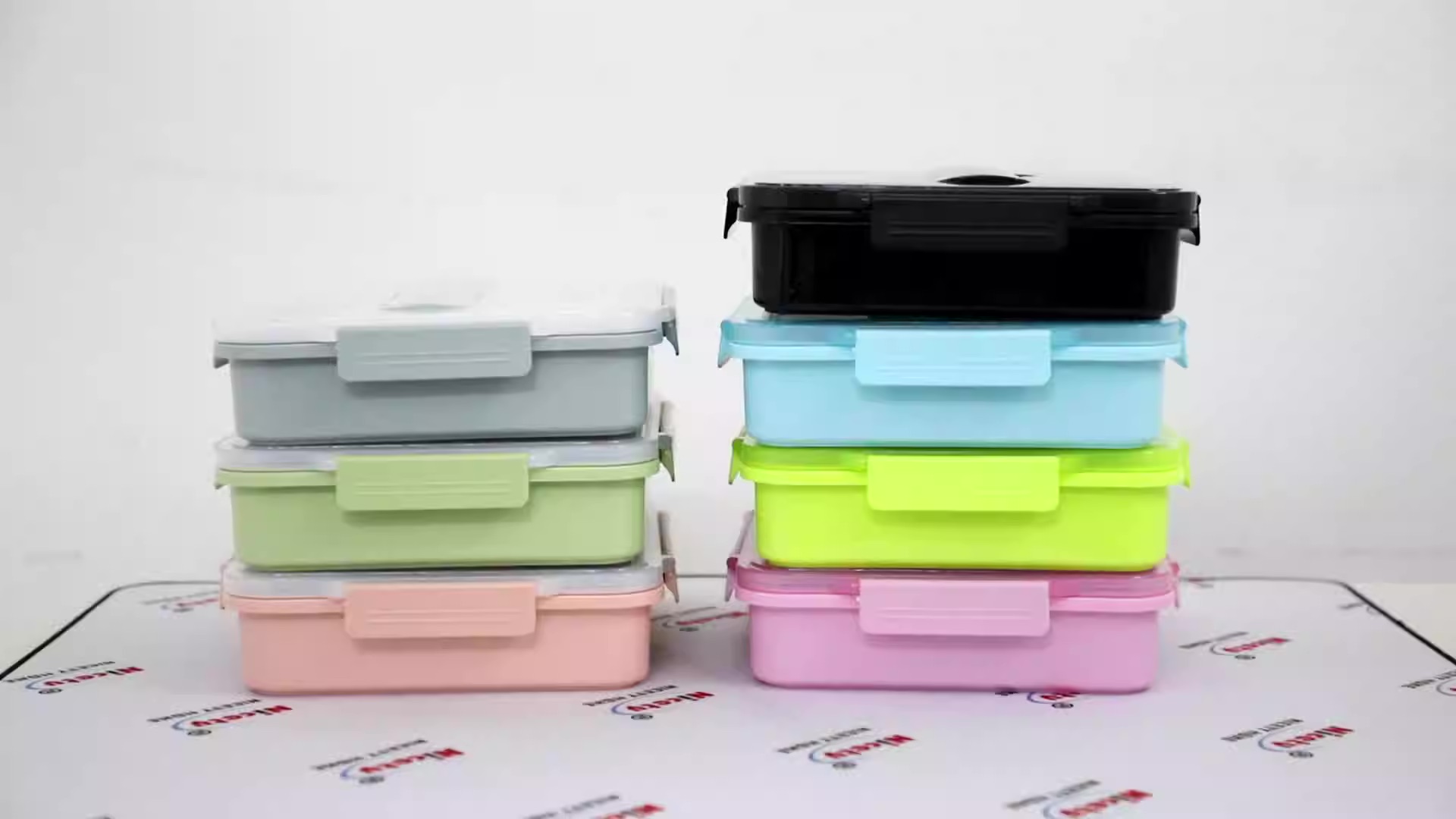
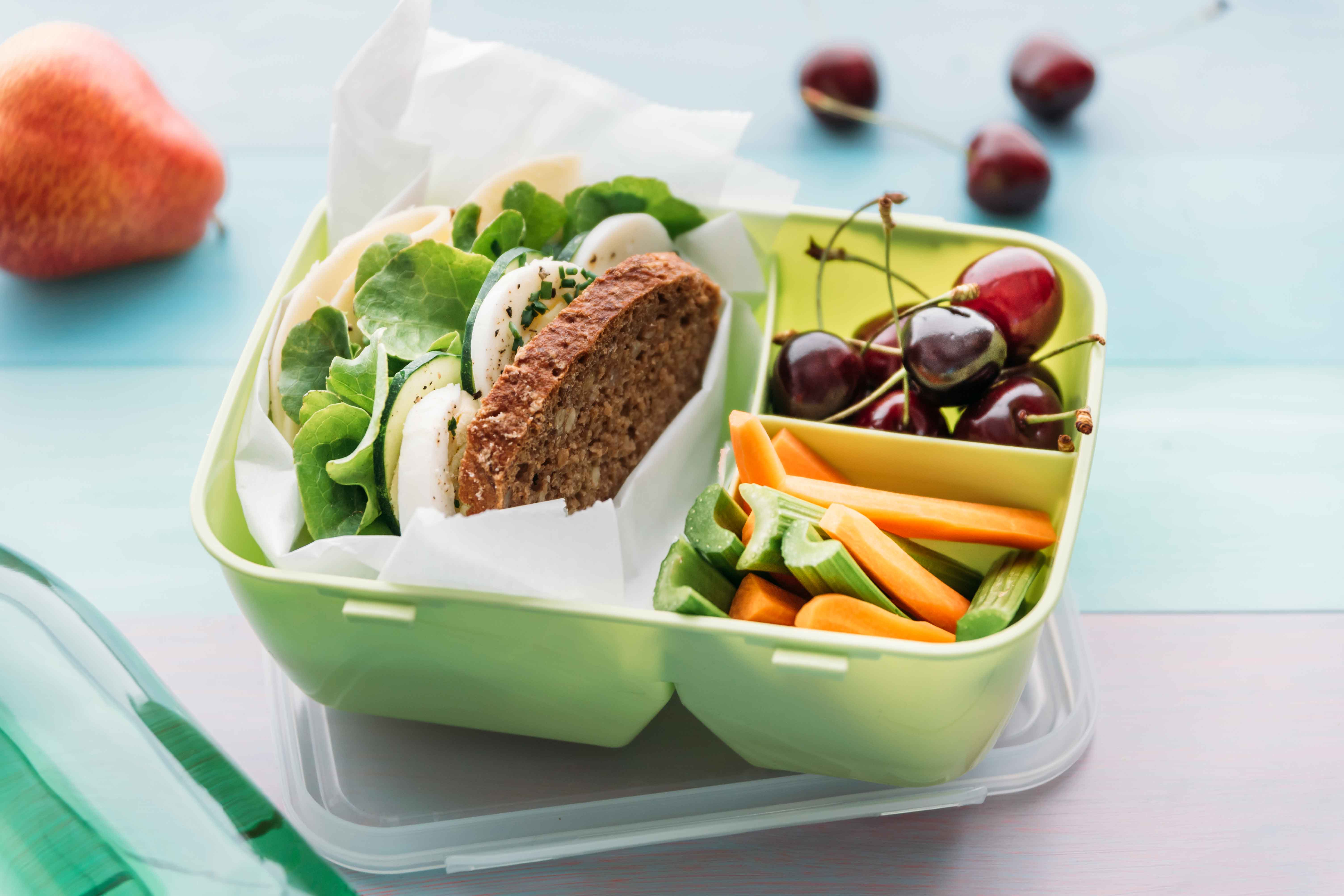


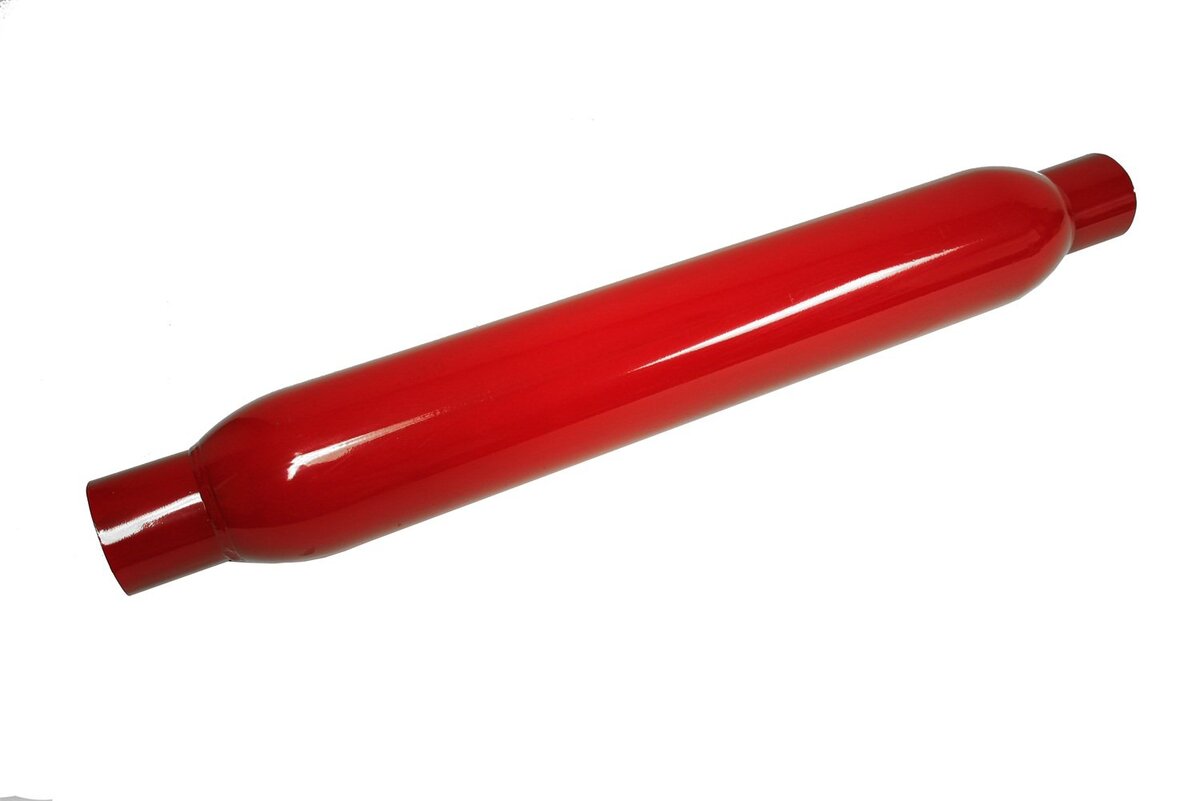
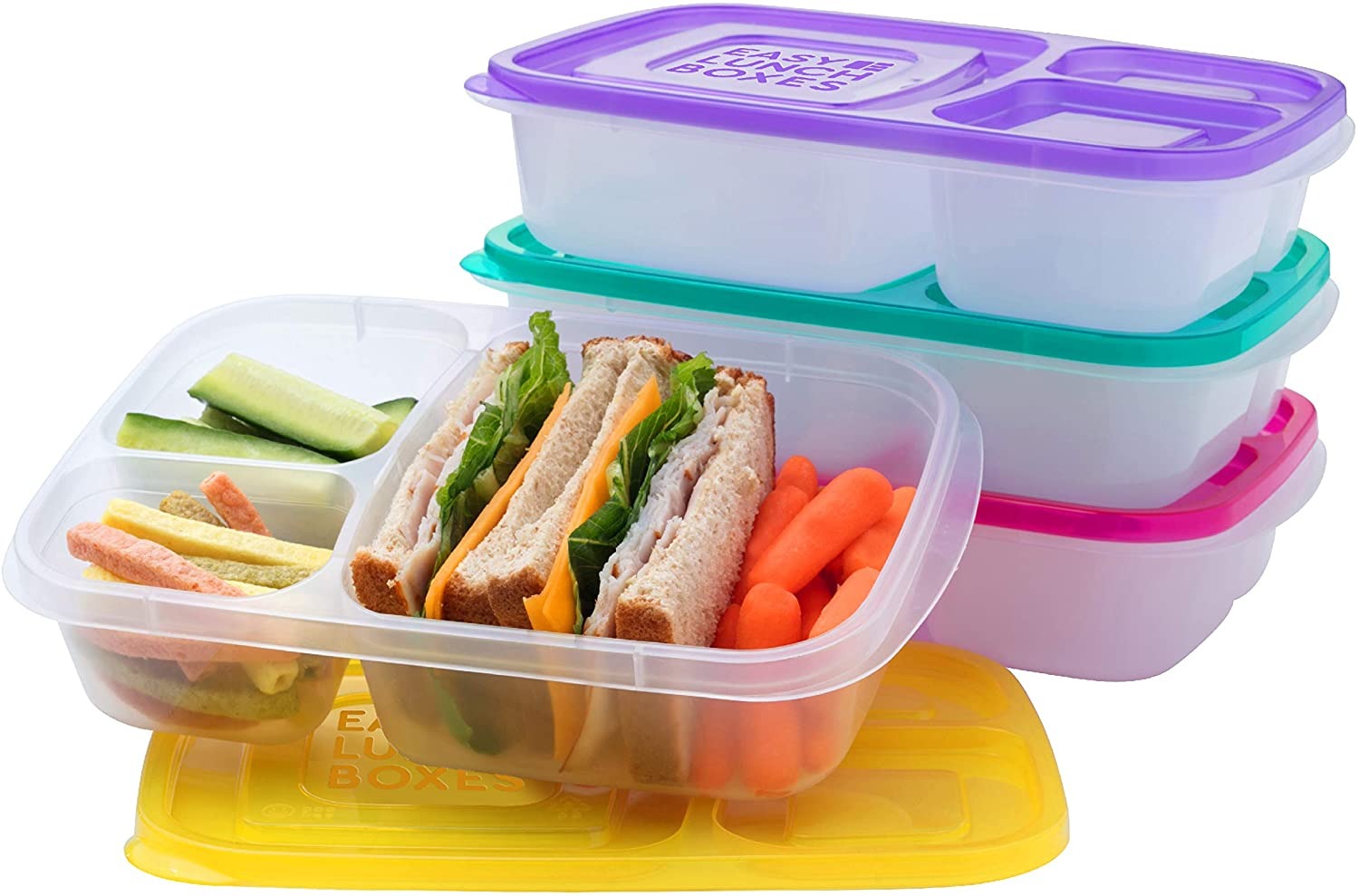


0 thoughts on “What To Pack In Lunch Box”